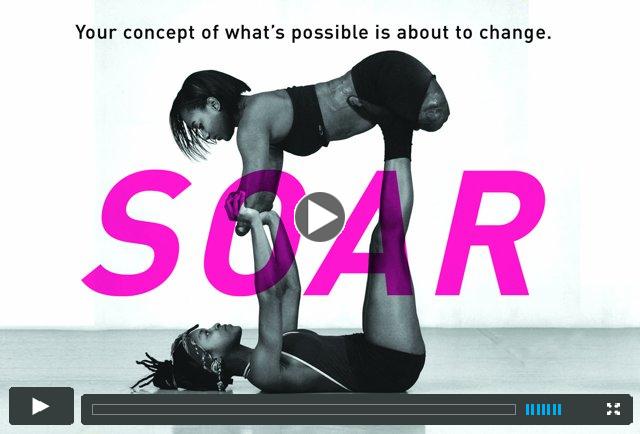The 2014 FIFA World Cup kicked off last week with an extraordinary gesture. Juliano Pinto, a 29 year-old paraplegic, performed the opening kick with a mind-controlled exoskeleton (you can it watch here). The exoskeleton is a sophisticated "robot suit," an artificial extension of the human body that, amazingly, responds to signals from the brain like a natural limb. Electrodes in a cap pick up signals from the brain, which a computer in the back of the suit translates into a digital command to the exoskeleton limbs to move, explains this article in The Guardian.
The exoskeleton was created by the Walk Again Project, an international consortium of multidisciplinary scientists led by neuroengineer Dr. Miguel Nicolelis. Nicolelis explains the technology is a crucial step (no pun intended) toward overcoming limitations brought about by disease or injury. While it may be a ways off yet, this raises fascinating questions about the potential of such technology to augment the body's natural ability to dance, whatever the physical abilities of the dancer, and the implications of our physical constraints in the beauty and meaning dancers create and convey.
There are myriad examples of artists transforming their physical boundaries into seemingly boundless forms of self-expression and exploration. AXIS Dance Company, which hires performers with and without physical disabilities, has helped create the compelling genre of physically integrated dance. "[People] are realizing that viewing the world from a different perspective inspires them to be free to explore new experiences," says artist Sue Austin. Her video and performance art depicts Austin's adventuring through surreal underwater dreamscapes in her wheelchair. 20-year-old Kiera Brinkley is a professional dancer and choreographer of gorgeous fluidity and strength. She lost portions of both her arms and legs at the age of 2 when doctors amputated to prevent the spread of a bacterial infection.
 |
| SOAR - short promo featuring Kiera Brinkley |
These artists and others like them offer profound demonstrations of the power of creativity and resilience to translate limitations into new structures of thinking about the world, thereby transcending some boundaries and encountering others. Similar creative impulses lead to technological innovations that also allow us to breach limits. For example, former professional ballroom dancer Adrianne Haslet-Davis lost part of a leg in the Boston Marathon bombing. She was able to return to performing with the aid of a special prosthetic leg designed for her by Hugh Herr, director of the Biomechatronics Group at the MIT Media Lab.
"Over half the world's population suffers from some kind of cognitive, emotional, sensory or motor condition. Every person should have the right to live without disability, if they choose to," says Herr, himself a double amputee following a climbing accident in 1982.
Part of the thrill of dance is pushing your body to the limits, whatever they are -- respecting the reality of your body while working tirelessly to expand its potential to communicate through motion. As technology renders some of our limits obsolete, what new forms will we create in response?